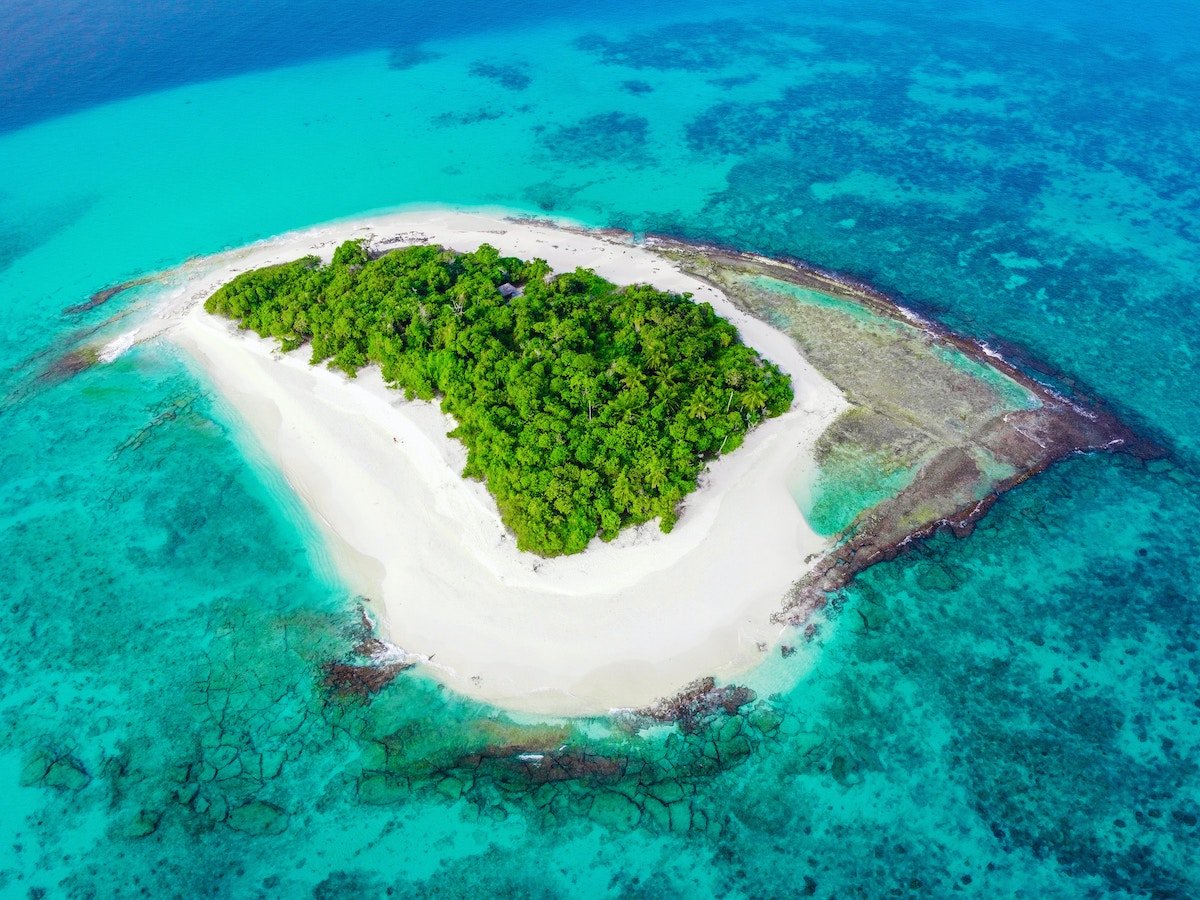
Owning a private island is a dream for many, offering the allure of solitude, breathtaking natural beauty, and the ultimate escape from the hustle and bustle of everyday life.
While the idea of your very own paradise may sound idyllic, it’s crucial to remember that with great privilege comes great responsibility.
One of the foremost responsibilities of island ownership is ensuring the safety and security of your investment, yourself, and your guests.
In this comprehensive guide, we will delve into the essential safety and security factors to consider when owning a private island.
From natural threats to human elements, we will explore the measures you can take to safeguard your island sanctuary and provide you with peace of mind.
Let’s dive into each of these factors in detail to help you become a vigilant and responsible private island owner.
1. Understanding the Location
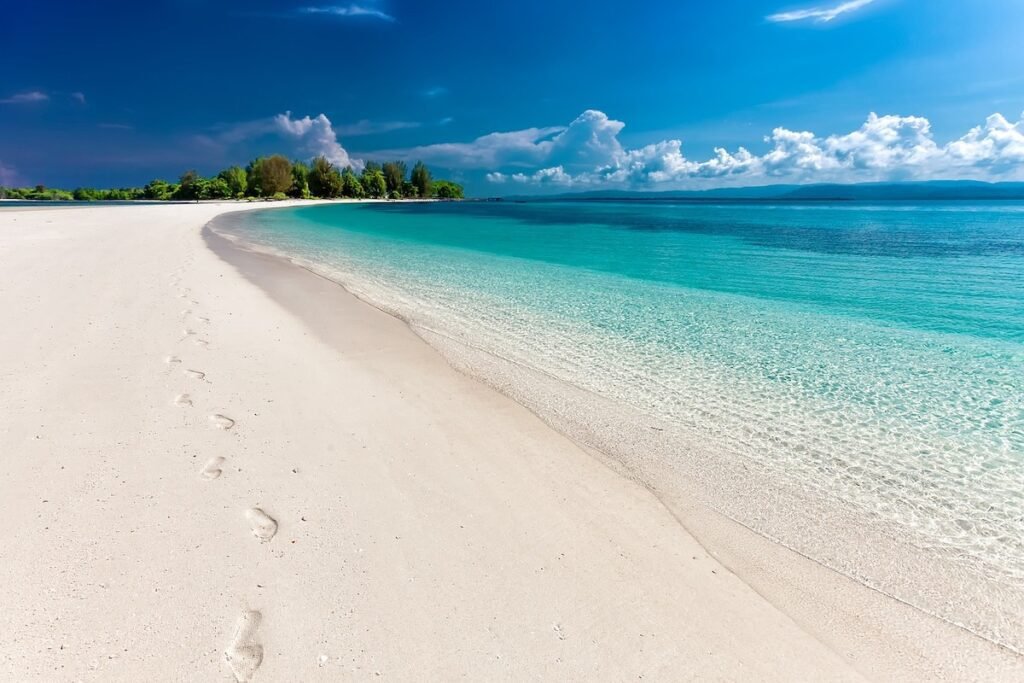
Before you even consider purchasing a private island, you must thoroughly understand the location’s unique geographic and environmental characteristics.
Geographic considerations:
Each island is distinct, and its geographical location plays a pivotal role in determining the types of safety and security threats you might face.
Islands situated in hurricane-prone regions will require different precautions than those in areas prone to earthquakes or volcanic eruptions.
Conduct a thorough risk assessment based on the island’s geographical location.
Climate and weather patterns:
Understanding the local climate and weather patterns is crucial. Islands in hurricane-prone regions, for example, may require hurricane-resistant building designs and evacuation plans.
Islands in colder climates might need special provisions for snow and ice. Knowledge of local weather patterns will help you prepare for potential natural disasters.
Environmental threats:
Consider the environmental risks specific to your island.
Are there endemic wildlife species that could pose a threat?
Are there invasive species that might need to be managed?
Knowing the local flora and fauna can help you develop conservation and safety strategies.
2. Infrastructure and Utilities

Once you’ve assessed the natural threats, it’s time to focus on the island’s infrastructure and utilities, which form the backbone of safety and security measures.
Reliable power sources:
Ensure your island has a stable and reliable power source.
Depending on your location, this could be connected to the mainland grid, a generator system, or renewable energy sources such as solar or wind power.
A backup power supply is also essential for emergencies.
Potable water supply:
Access to clean and safe drinking water is paramount.
Invest in water purification systems and storage facilities to ensure a constant supply, especially during unforeseen circumstances like storms or droughts.
Communication systems:
Islands often face communication challenges due to their remote locations.
Invest in reliable communication systems, including satellite phones and internet connections, to stay connected with the outside world and emergency services.
3. Access Control and Privacy
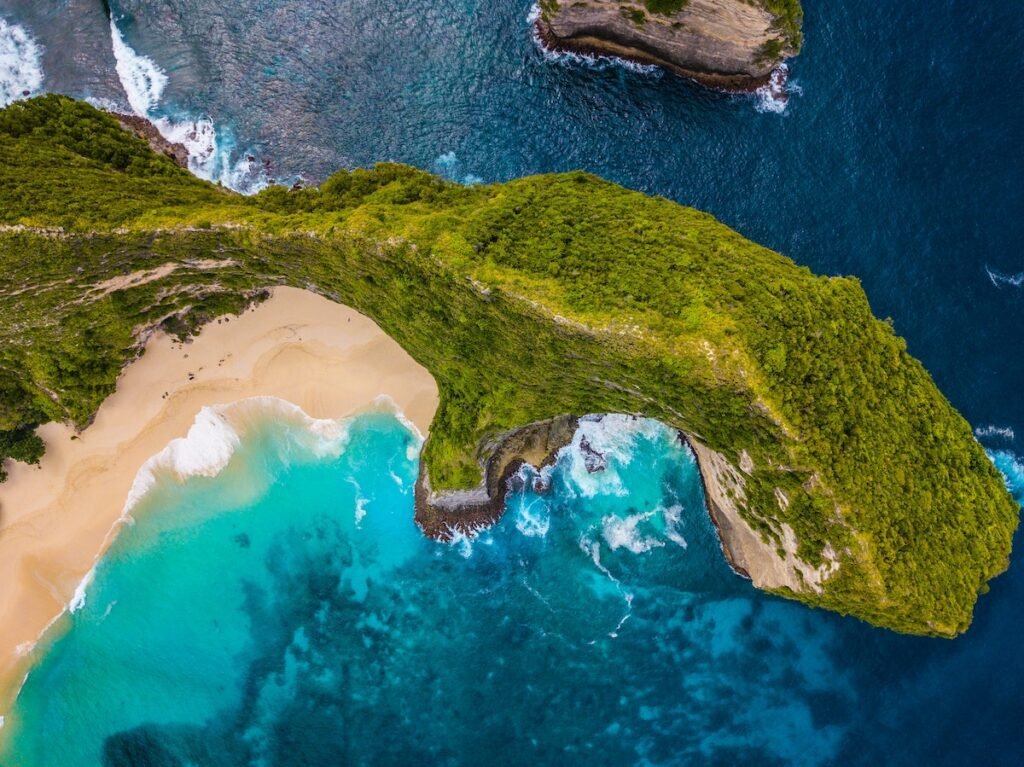
Maintaining control over who accesses your island is critical for security and privacy.
Restricting access:
Implement stringent access controls.
This might involve having a secure gate, hiring security personnel, or using modern technology like key card entry systems.
Control over who comes and goes is essential for safeguarding your island’s security.
Surveillance systems:
Install surveillance cameras at key points around your island, including entryways, beachfronts, and docks.
Modern systems allow remote monitoring, ensuring you can keep an eye on your property even when you’re off-site.
Privacy measures:
Respect your guests’ privacy and your own by providing designated areas for relaxation and recreation.
Landscaping and strategically placed structures can also help create natural barriers to enhance privacy.
4. Emergency Preparedness

Islands, especially those in remote locations, are vulnerable to various emergencies.
Having a well-thought-out emergency preparedness plan is vital.
Disaster response plans:
Develop comprehensive plans for natural disasters like hurricanes, tsunamis, and wildfires.
These plans should include evacuation routes, emergency shelters, and communication strategies.
First aid and medical facilities:
Ensure there are adequate first aid supplies on the island, and consider having a dedicated medical facility or access to medical professionals for emergencies.
Evacuation procedures:
Establish clear evacuation procedures and communication protocols.
Regularly practice drills with your staff and guests to ensure everyone knows what to do in case of an emergency.
5. Security Personnel and Services
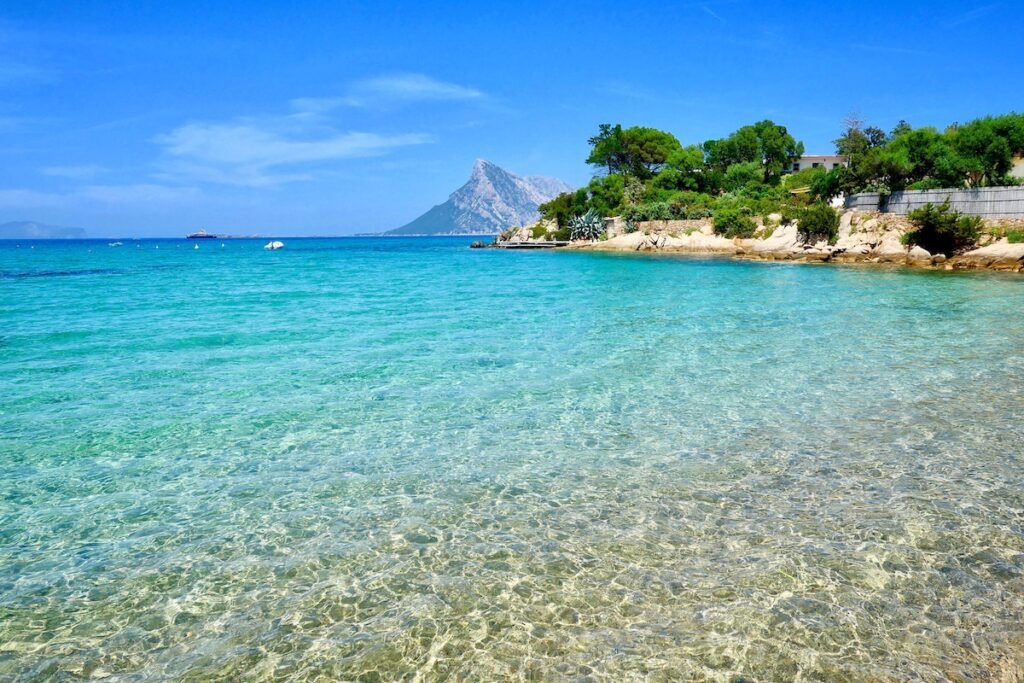
Hiring security personnel and services is a key component of island safety.
Hiring security professionals:
Consider employing trained security personnel who are experienced in island security.
They can provide round-the-clock monitoring, respond to emergencies, and enforce access control.
Security systems:
Invest in advanced security systems such as alarms, motion detectors, and automated lighting.
These systems can deter potential intruders and provide early warning of security breaches.
Fire protection services:
Wildfires can pose a significant threat to islands with dense vegetation.
Establish firebreaks, maintain firefighting equipment, and have a clear firefighting strategy in place.
6. Legal and Regulatory Compliance

To avoid potential legal issues, it’s crucial to be aware of and adhere to local laws and regulations.
Local laws and regulations:
Consult with local authorities to understand the legal requirements for island ownership.
This may include zoning laws, environmental regulations, and building permits.
Permits and licenses:
Ensure that you have all the necessary permits and licenses for any construction or development on your island.
Non-compliance can result in fines or even eviction.
Environmental responsibilities:
Take your environmental responsibilities seriously.
Islands are fragile ecosystems, and responsible stewardship is essential to protect the natural beauty of your paradise.
7. Community and Neighbors

Building positive relationships with neighboring island owners and the local community can be invaluable.
Building positive relationships:
Engage with your neighbors and the local community in a friendly and respectful manner.
They can provide valuable insights and support during emergencies.
Collaborative safety measures:
Work together with neighboring islands to establish collaborative safety measures, such as shared emergency response plans and communication networks.
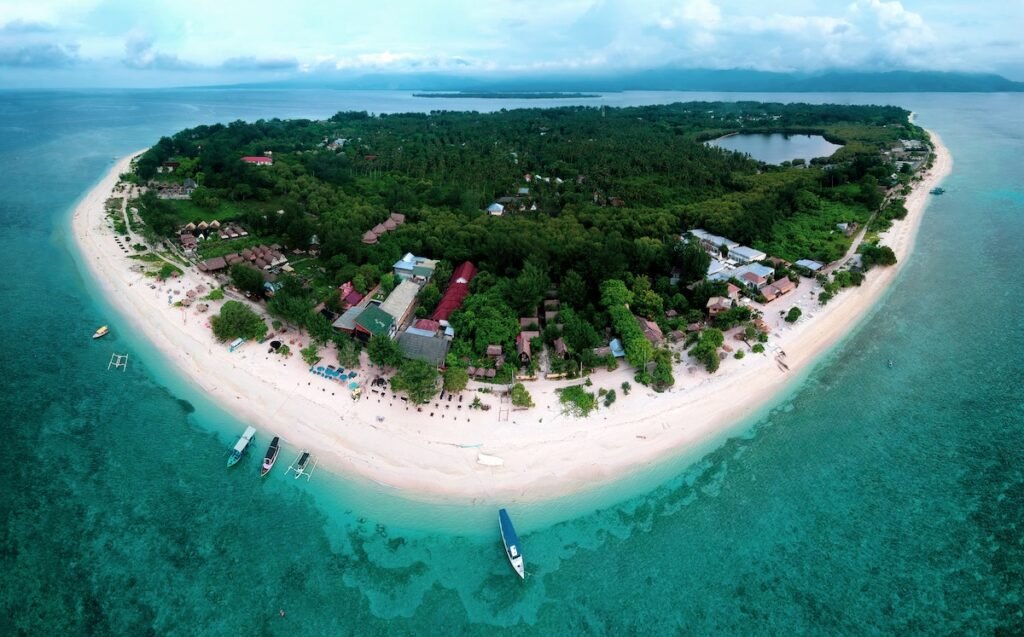
Conclusion
Owning a private island is a privilege that is filled with advantages but comes with significant responsibilities, particularly when it comes to safety and security.
By understanding the unique factors that affect your island, investing in the right infrastructure and personnel, and complying with legal and environmental regulations, you can ensure the safety and security of your island paradise.
In the end, the priceless value of peace of mind that comes with knowing your island is secure is worth every effort.
With careful planning and vigilance, you can enjoy the tranquility and beauty of your private island without having to worry.





